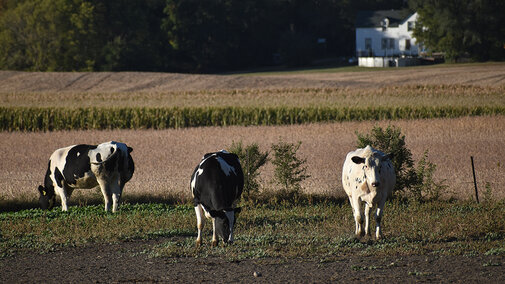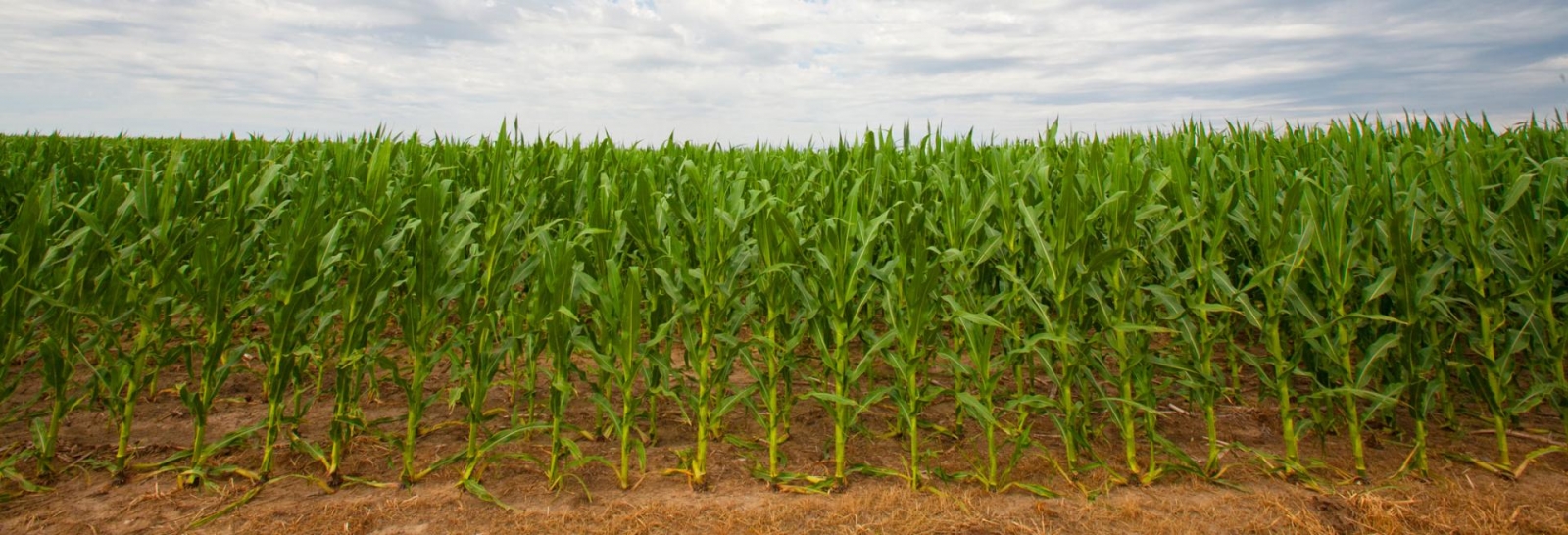Late Fall Rye Planting
When planted early, fall-planted cereal rye can provide excellent cold-tolerant late fall grazing and more grazing again in the spring. Ideally, plant cereal rye as soon as possible after harvest and before two weeks after the 50% frost date. For maximum fall grazing, the target is drilling prior to mid-September for 10-12 inches forage grazing height. However, is it too late to now plant rye this fall if row crops harvest prevented early drilling?
Based on UNL research, rye cover crops planted after corn in late October to late November and terminated in late April to early May will likely still produce at least 1,000 lbs/ac of dry matter. Further, Jerry Volesky, UNL forage specialist, said that research plots drilled at North Platte during the fourth week of October will likely be successful establishing and producing good spring grazing and nitrogen (N) scavenging.
Since cereal rye is more winter-hardy than other small grains like barley, wheat and triticale, it can start growing when temperatures are as low as 32ºF and produce extensive, fibrous root systems. For later rye drilling, it is recommended to increase seeding rates 30% compared to the average seeding rates of 45-60 lbs/ac to compensate for less rye fall tillering and reduced fall growth.
The 2025 crop growing season has extended two weeks longer than average, but for adequate grazing next spring, the cereal rye fall drilling cutoff date is late November. Further, if fields are planted in late November, recommended spring termination dates will be after April 15.
More information regarding cover crops and cereal rye are available online at CropWatch, UNL Beef or the free Midwest Cover Crop Selector Tool.
Soybean Residue for Forage
Bean fields are opening up after harvest and cows may be moving in to get them off pasture when other forage options are unavailable. Soybean residue or stubble can occasionally be baled and used in rations. Before we use it, however, we need to set expectations. Is soybean residue a quality forage?
Soybean is very high in protein and fat. They are about 40% crude protein and about 20% fat, which is why soybean residue can be perceived as great feed. With such a high fat content, too many beans can cause issues with the rumen, so any spilled piles should be cleaned up before animals are sent out to graze.
Soybean residue, however, has a much different feed composition. The empty pods and stems contain only 4% to 6% CP, and the TDN is only 35% to 45%. The leaves are slightly higher in protein at 12% but break down quickly after plants reach maturity and harvest has taken place.
These feed values will not begin to support the nutritional requirements of a dry cow even if there is some grain left in the field. So, while soybean residue can be grazed and can be used to move animals from overused pasture, supplemental feed is required.
When baled, soybean residue can be worked into a ration as a roughage source if other sources are less available. Just like grazing, baled soybean residue does not even come close to providing the feed value of cornstalk bales. Producers should also consider if removing litter from already lightly covered bean fields is worth the effort and potential erosion risks.
Soybean residue may not be the quality we often think. Residue alone will not even meet a dry cow’s nutrient requirements, so supplementation will be needed.

